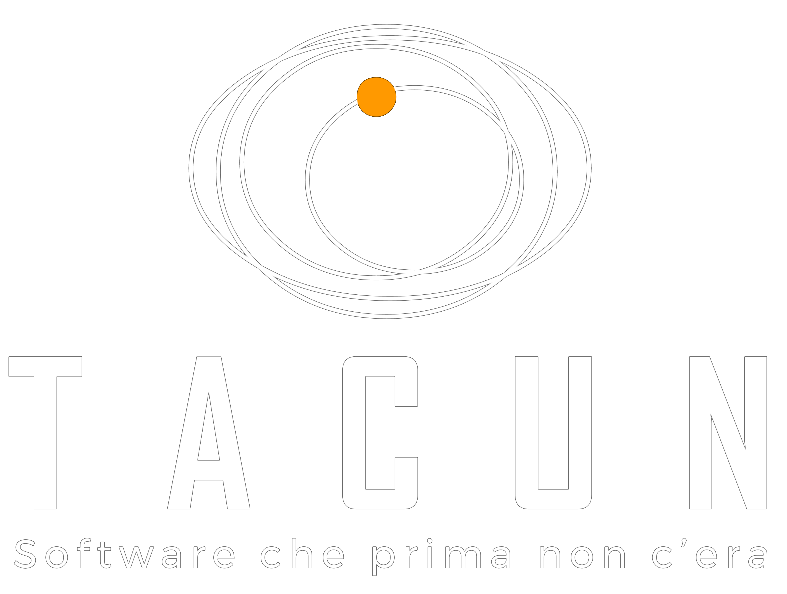Ecolock
Ecolock is, at the same time, a paradigm for the rationalization of access to some public places as well as the set of equipment and software systems necessary to implement it.
The system can be logically divided into two components: one theoretical / procedural and one technological / implementation.
Procedural component
The procedural component includes the general rules for the use of the premises and the software algorithms that implement it. The latter can in turn be broken down into the following subsystems:
- a user interface that allows easy system configuration;
- of the calculation algorithms for forecasting the use of the premises;
- interface with sensors and access control devices.
User interface
The control system must be accessible via a website. The site may be published on the Internet, to ensure centralized management of multiple sites, or be visible only within the local network of the company or organization. Access to the configuration and control functions will take place through specific Web pages, accessible either with a computer or with mobile devices. Multiple user classes will be configurable, with different roles and privileges depending on the type of job to be performed.
Calculation algorithms
They will have the task of recording and analyzing the inflows to the premises in order to determine the most efficient parameters for the system configuration. The access analysis will be punctual and will record data on the use of each room. The system will be able to “learn” from experience, defining or, better, proposing access policies based on the trend of requests in the previous period. The data analysis can take place indifferently or on the basis of simple statistical surveys or by means of artificial intelligence systems. The system must be able to compare forecast data, processed on a statistical basis, with current data, determined by the actual flow of users.
Interface with sensors and control devices
The system must be able to manage as many sensors and control devices as possible, regardless of the manufacturer. To do this, we will define an application interface (* API *) that will describe all the communication functions to and from the system. The exchange of information between the management system and the control equipment will initially take place by means of REST calls with JSON payloads, but can be extended later, including other communication protocols.
Implementation component
It includes the devices necessary for the application of the rules defined by the theoretical component. These devices will be able to interface with the management system either directly, using the API functions, or indirectly, by means of additional software that act as “translators” between the API of the device and those of the system.
Device classification
The devices compatible with the system will be divided into three classes, each identified by an increasing number of stars:
-
one star: devices that have the ability to communicate with the control system by means of specific software that interface the native control functions of the product with those of the Ecolock API;
-
two stars: devices that have the ability to communicate with the control system by interfacing directly with the functions of the Ecolock API;
-
three stars: devices that interface directly to the functions of the Ecolock API and that have native security control functions.
Security
Both in the analysis phase and in the subsequent testing and development phases, the utmost attention must be paid to the security of the system to avoid the risk of illegal access. Given that the users of the system may be people with low computer literacy, the system will have to verify the application of some basic principles of computer security, such as the length and complexity of the access passwords or their updating frequency and impose them on the users. .
